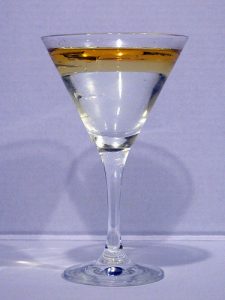Buoyant Force
The buoyant force is equal to the weight of the water displaced by the oil when the oil is immersed in water. When oil is in water, the buoyant force is much greater than the weight of the oil. Hence it floats. For example, suppose you want to dissolve 5 cc of oil in water. On adding the oil to water, it displaces 5 cc of water. Now the weight of that much volume of water is much greater than the same volume of oil. So the buoyant force is greater than the weight of the oil. Therefore oil floats on top of water.
Why Don’t Oil and Water Mix
Video
Advantages
On the other hand, the oil molecules are non polar and are not attracted to the water molecules as much since they are hydrophobic or water fearing. The concept of dipole moment helps us to understand it better.
Dipole Moment
A dipole can be thought of as a magnet. It has a positively and negatively charged end analogous to the north and south poles of a magnet. The product of the difference of the magnitudes of the 2 charges and the distance between them is known as the dipole moment or the strength of the dipole. The 2 liquids should have similar dipole moments to mix with each other. Dipoles having similar strengths dissolve more rapidly with each other than those having dissimilar strengths. Since oil (like those which are hydrocarbon based) and water differ a lot in their dipole moments, they don’t dissolve in each other.
